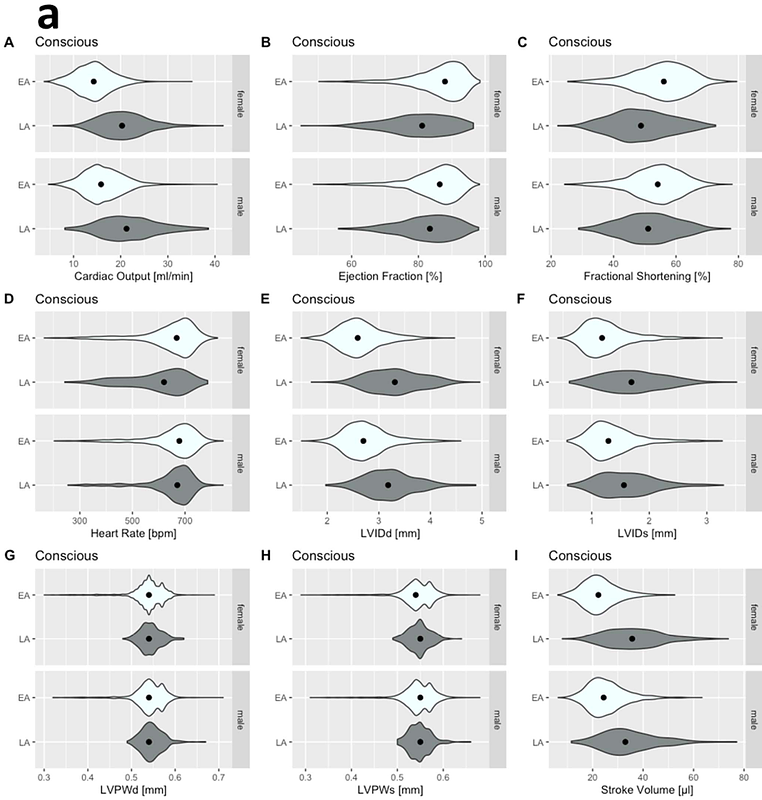Establishing Comprehensive Transthoracic Echocardiography Reference Ranges for Mouse Models: Insights into the Impact of Anesthesia, Sex, and Age

Establishing Comprehensive Transthoracic Echocardiography Reference Ranges for Mouse Models: Insights into the Impact of Anesthesia, Sex, and Age
Oestereicher, M.; Ward, C.; Schneltzer, E.; Marschall, S.; Fuchs, H.; Gailus-Durner, V.; Bou About, G.; Selloum, M.; Meziane, H.; Stewart, M.; Teboul, L. E.; Norris, C.; Pimm, D.; Kan, M.; Lopez Gomez, F.; Wilson, R.; Monroy, M.; Pasha, S.; Zabrodska, E.; Prochazka, J.; Pajuelo Reguera, D.; Nichtova, Z.; Herault, Y.; Wells, S.; Parkinson, H.; Heaney, J.; Sedlacek, R.; Gao, X.; Hrabe de Angelis, M.; Spielmann, N.
AbstractMouse models play a critical role in cardiology research, offering valuable insights into the molecular mechanisms, genetics, and potential treatments for cardiovascular diseases. However, the ability to transfer findings in mice between studies is limited by the absence of standardized protocols and valid reference values for the assessment of normal cardiac function in mice. This study aims to establish comprehensive transthoracic echocardiography (TTE) reference ranges for mice, particularly focusing on C57BL/6N wildtype controls. The study, which includes data from over 15,000 mice through the International Mouse Phenotyping Consortium (IMPC), highlights how variables such as sex, age, body weight, and anesthesia affect TTE parameters. The findings showed that anesthesia is the primary predictor of variability in cardiac function. Isoflurane and tribromoethanol anesthetized mice presented with modified cardiac function compared to conscious mice. Additionally, we observed minimal sex differences in cardiac morphology and function, except for small variations influenced by anesthesia. The effects of aging on cardiac function were modest, characterized by a decrease in heart rate and subtle changes in ventricular dimensions without evidence of pathological remodeling, likely attributable to disease-free cardiovascular aging. Validation of the reference ranges across multiple mouse strains showed that these values provide a reliable baseline for experiments involving cardiac function in mice. The data underscore the importance of using anesthesia-specific reference values when interpreting TTE results, ensuring robust comparisons in genetic and pharmacological studies. These reference ranges serve as quality assurance tools for future cardiac studies in mice, offering insights into typical TTE parameter values, supporting the detection of experimental perturbations, and contributing to more effective translation of findings from mouse to human.